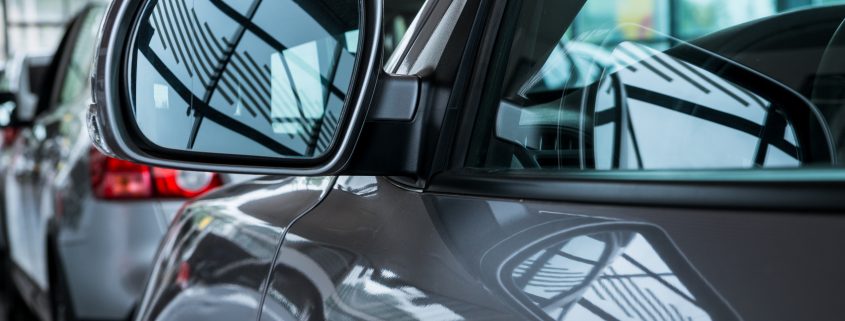You want the good news or the bad?
First, the good news: automobiles built in the last 20 years are some of the best on the road. Their construction is better than previous years, leading to increased life on the road. Both longer lasting materials and better techniques have made more reliable automobiles. Therein lies the problem: Americans are keeping their automobiles for longer than before.
According to Bloomberg News, sales of new automobiles have been on a 7-year increase, but a slow meandering decline has begun to take hold. What is the problem? Credit is still relatively available, most automobiles are affordable and the economic signs have been good, so what is causing the slowdown?
People are choosing not to purchase. In 2017, the average vehicle on the road was built in 2005, that means the average fleet is now 12 years old. It is even older when you remove the rental companies that keep more updated fleets. To compound the problem, almost 10% of new auto buyers do not trade in an older vehicle. This is the highest percent ever recorded by the NADA. Consumers are holding onto their paid-off vehicle as a backup against future economic issues even when they are buying. It makes for a universe where older autos are being maintained well, which leads to more production and cheaper parts – thereby creating a less expensive automobile to own.
With all the good and the bad, is there still hope? Most certainly, but it will take intense effort to communicate that to the consumer. This isn’t competition like dealerships have been used to, it is competition against doing nothing. We all know doing nothing is easy, but how exactly do you do it?
Safety
In the 1950s the idea of surviving an auto accident was to make the vehicle as strong as possible. As a result, the human inside was the softest part bouncing around on the solid steel of the vehicle. Now with the invention of airbags, accident avoidance systems and smarter construction automobiles are significantly safer. That message has to resonate with the person who owns a 2009 Ford Taurus to know that it isn’t just the internal gadgets that have been improved, but the performance and safety.
Fuel
Now, regardless of what is being said, alternative fuels have some work to do, but the industry, driven by technological advances, has been making huge strides. Combine that with pressure from federal regulations and you have a mix of something different happening. Whether it is electric, hydrogen or something none of us have conceived, this area of advancement is always changing. Better gas mileage has been a staple of the past 20 years as new models have been tailored to an active lifestyle that includes spending less time pumping gas. This will only increase as technology continues to expand in the automotive industry.
Technology
Now when we talk about technology it is mostly the internal gadgets that are added to the automotive. The latest move is more to integration. In my own car I can use my iPhone as the call center, music system and navigation device. That integration is just at the tip of the spear for where it is going. Integration will allow for opening, starting and even tracking to make the life of the vehicle better.
So, what does it mean? You have to communicate with those that have purchased, with those that might and especially with those that are trying not to. Value is only found when we realize it is there. If no one tells someone it has value how will they ever know?
Want to know more about the automotive industry in your market? Contact us today.











